‘Ring Of Fire’ Solar Eclipse on Thursday Morning (video)
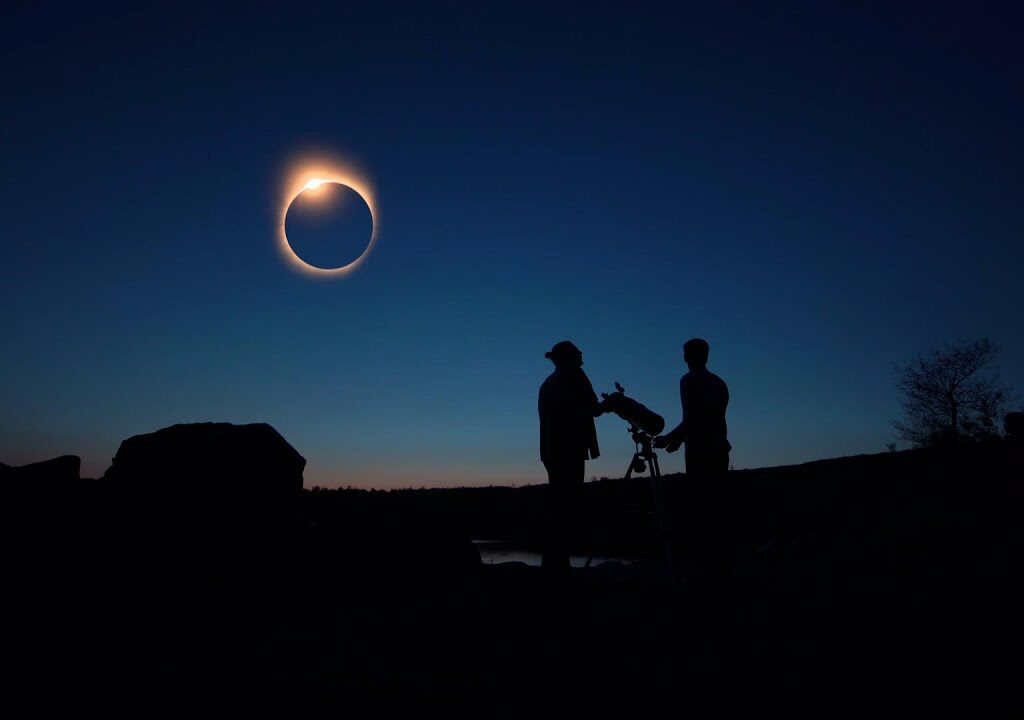
On June 10, the new moon will move in front of the sun and will become 2021’s first solar eclipse. It will not cover the sun completely because it is too far from us here on Earth to become a total eclipse. The event will produce a bright annulus, or a ring that […]
Total Eclipse of the Supermoon on May 26 (video)
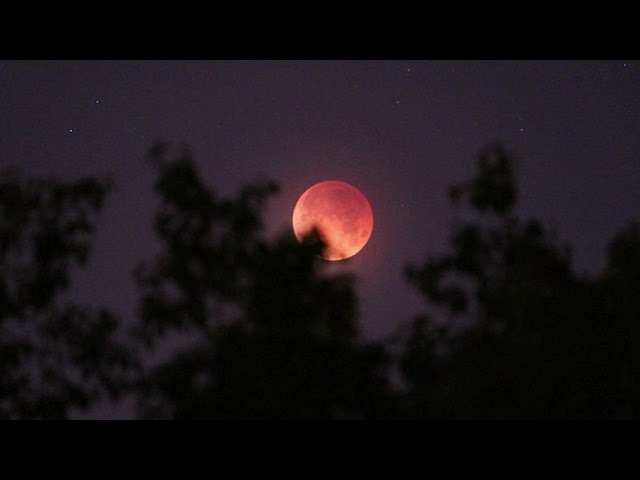
The full moon will sweep through the dark umbral shadow of the Earth on May 26, 2021, this will cause a total eclipse of the moon. The full moon is closest of 2021, it will be the closest and the brightest full moon of the year… it is called a supermoon. For those living in western […]
Catch The Ursid Meteor Shower (video)

Here’s a celestial Christmas gift that you can enjoy, the Ursid Meteor Shower… The Ursids meteor shower begins annually around December 17 and runs for a week plus, until the 25th or 26th. This meteor shower is named for its radiant point, which is located near the star Beta Ursae Minoris in the constellation Ursa Minor. The peak will be on Winter […]
Watch the Spectacular Geminids 2020
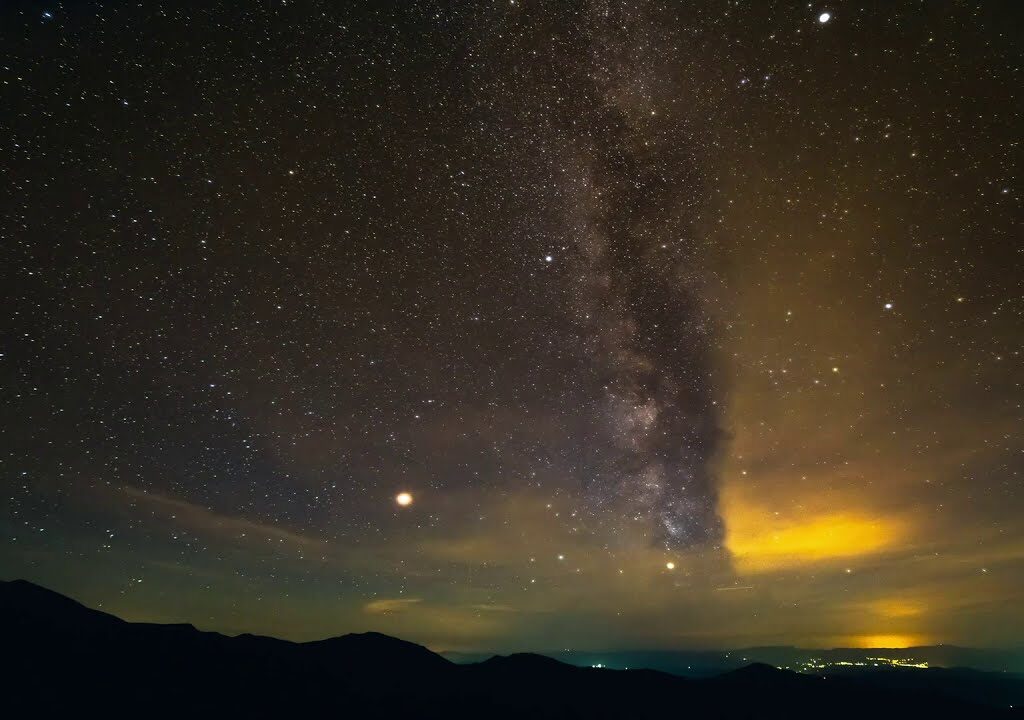
The annual Geminid meteor shower peaks on the night of December 13-14, 2020 which is Sunday evening to Monday morning. These colorful meteors tend to be bright, so on a dark night, you can easily spot 50 or more meteors per hour. The Geminids are a prolific meteor shower caused by the object 3200 Phaethon, which is thought to […]
What’s Up: August 2020 Skywatching Tips from NASA
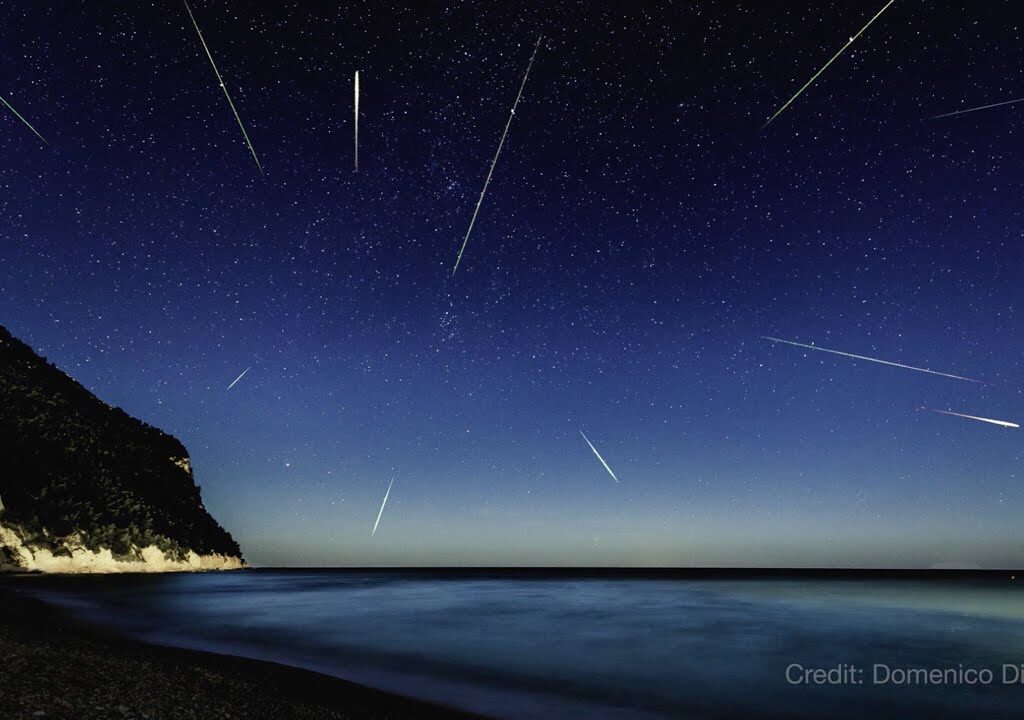
See the Moon posing with various planets throughout the month, plus catch the peak of the annual Perseid meteor shower.
What’s Up: July 2020 Skywatching Tips from NASA
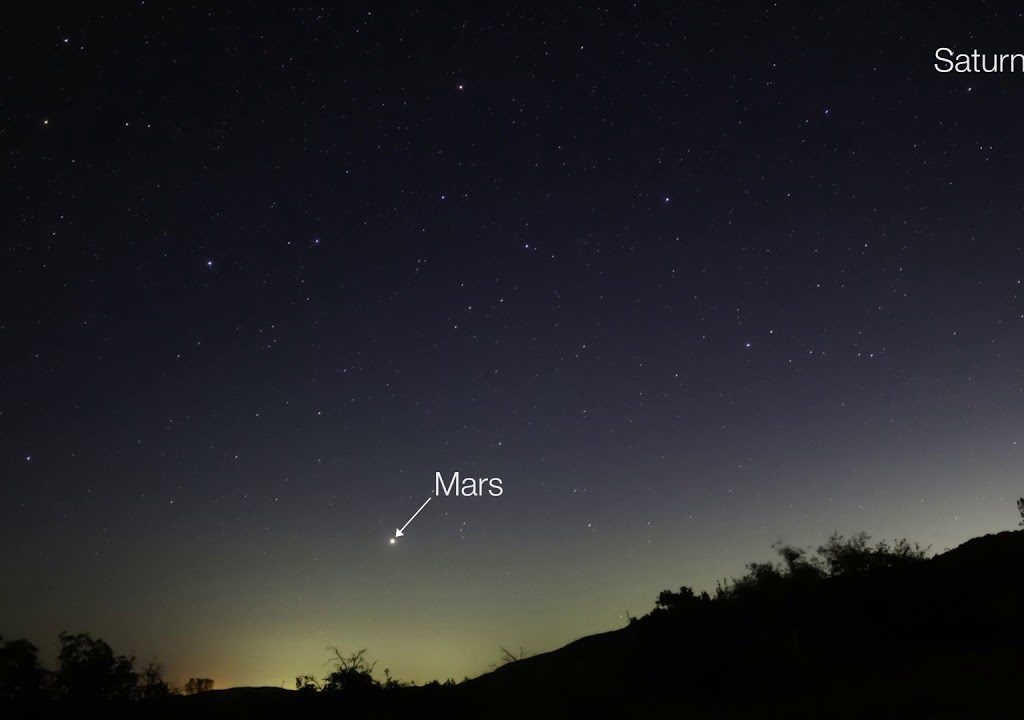
NASA Jet Propulsion Laboratory What are some skywatching highlights you can see in July 2020? Enjoy the giant planets Jupiter and Saturn with their moons, stay up late to spot Mars rising. Plus: what would you see stargazing on the Red Planet? Additional information about topics covered in this episode of What’s Up, along with […]
NASA Tracks Five Asteroids heading Towards Earth
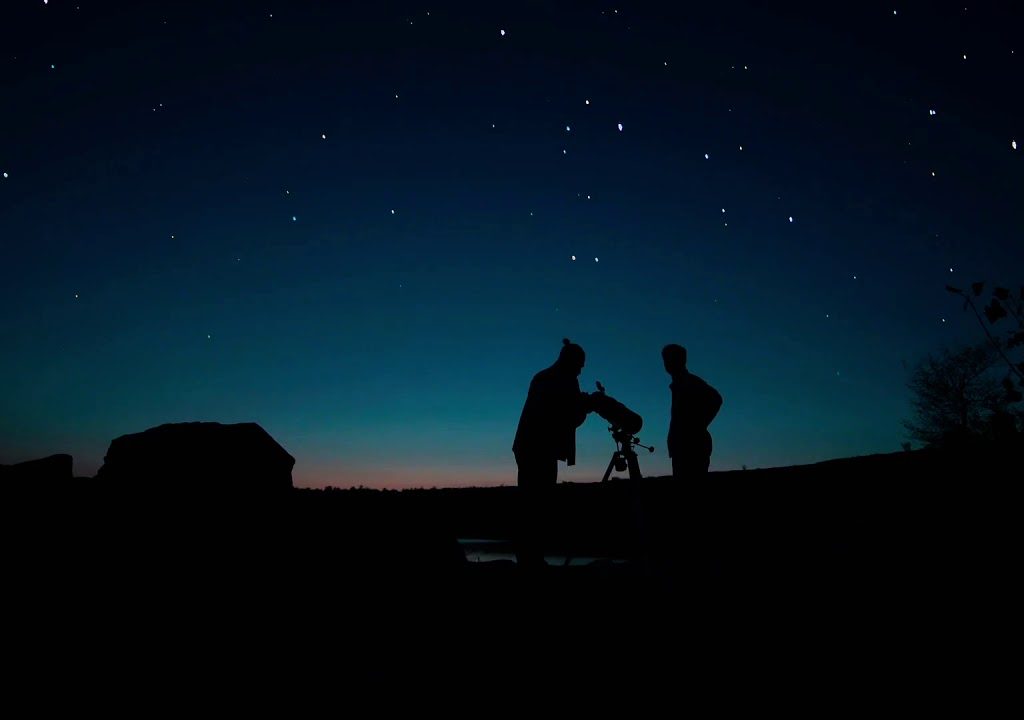
NASA’s asteroid watch is tracking five asteroids that will supposedly safely pass us by. One of the five asteroids is reportedly the size of a large stadium. Get more science news from http://tnc.network
Huge Asteroid Due to Pass Earth on April 29
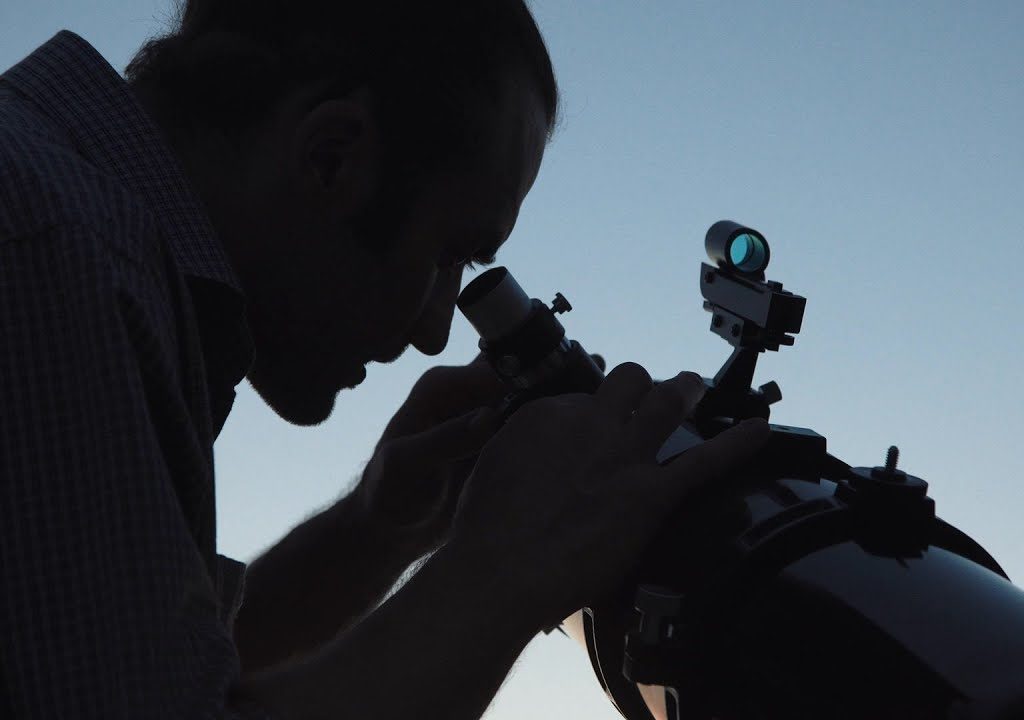
(52768) 1998 OR2 is the name of a huge asteroid that will pass closest to Earth on April 29, 2020.
Look Out for the 2020 Lyrid Meteor Shower
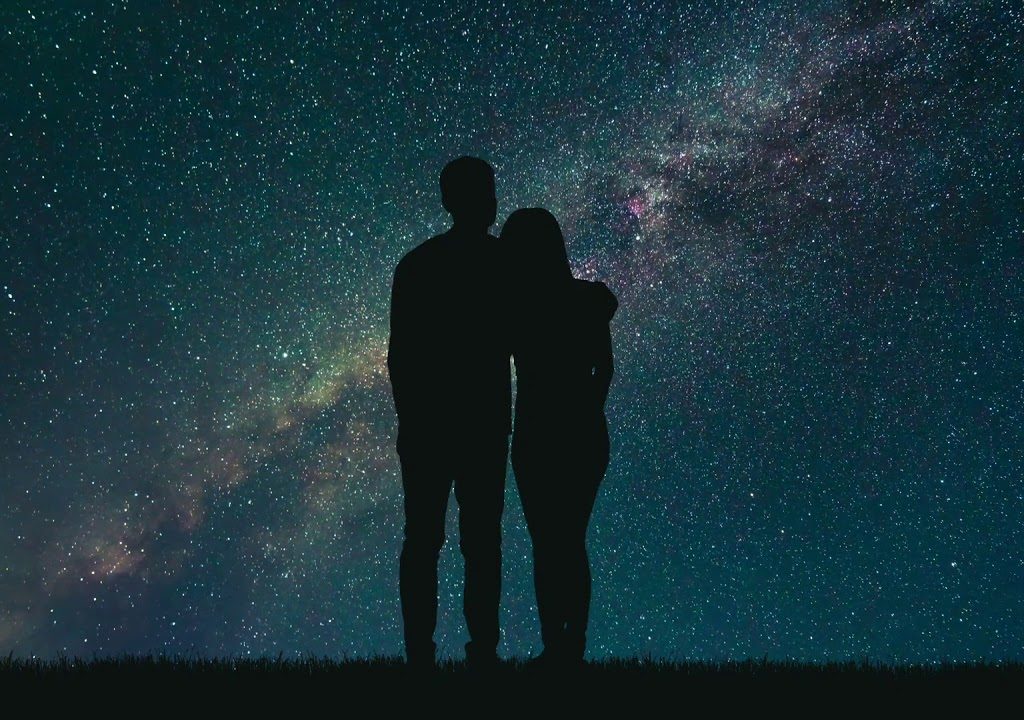
The April Lyrids are a meteor shower lasting from April 16 to April 26 each year. The radiant of the meteor shower is located in the constellation Lyra, near its brightest star, Vega.
Someday, Betelgeuse Might Explode.

Betelgeuse is usually the tenth-brightest star in the night sky and, after Rigel, the second-brightest in the constellation of Orion. It is a distinctly reddish semiregular variable star whose apparent magnitude, varying between +0.0 and +1.6, has the widest range displayed by any first-magnitude star. At near-infrared wavelengths, Betelgeuse is the brightest star in the night sky. Its Bayer designation is α Orionis, Latinised to Alpha Orionis and abbreviated Alpha Ori or α Ori.
